The final report of a four-year study into the eating quality of beef has recommended that a new cattle grading system is introduced across the UK to help guarantee a better eating experience for consumers.
The BeefQ project, led by researchers at Aberystwyth University in Wales and involving various partner organisations including Queen’s University Belfast, was set up with the aim to develop and test a model that could be used to predict the eating quality of Welsh beef.
The project utilised the principles and technology developed as part of the Meat Standards Australia (MSA) project, which has been running for 25 years and is underpinned by a dataset where over 100,000 consumers have tasted over 800,000 samples of beef.
MSA model
To assess the quality of a beef carcase, various parameters are inputted into the MSA grading system, including details around the age and sex of the animal.
Within the factory, a trained MSA grader will also record the likes of hanging method, rib fat depth (minimum of 3mm), marbling and pH (a high pH is linked to pre-slaughter stress).
The carcase is also given an ossification score, which is a measure of the maturity of the animal – a low score is associated with better eating quality.
Once all this information is inputted, the model then assigns three quality grades:
Three star – good every day.Four star – better than every day.Five star – premium quality.Any beef falling outside of these three grades is classed as “unsatisfactory”.
Validate
The work in Wales sought to validate the MSA model for use in the UK. It included a survey of 2,090 carcases taken from eight factories, with cuts from five of these factories sent for consumer testing.
The analysis of the survey results did highlight a number of parameters that will be difficult to include as part of a UK prediction model.
For example, there was an “extreme range” of breeds within the sample. Across the 2,090 carcases there were 69 different breeds and breed crosses, with only 11 breeds or breed crosses having a sample size greater than 50, while 45 had a sample size below 10. As a result, it would be a big challenge to utilise the breed of animal within a model to predict eating quality, notes the BeefQ report.
Another issue identified relates to the cattle passport system used in Britain where dam breed is recorded as an X, so it was not clear whether a beef-cross animal was out of the dairy herd or not.
Maturity and marbling
The analysis of the survey results did indicate that at the same age, young bulls have higher ossification scores (reach maturity faster) than heifers and steers, and that marbling tended to be higher in dairy than in beef breeds.
However, there was a lot of overlap in the marbling data, with young bulls at the lower end. There was some association between EUROP fat score and marbling, but too much range in the data for fat score to be a reliable predictor.
Consumer panels
To try to adapt the MSA model further for UK conditions, consumer taste panels were conducted at 18 locations (60 consumers per location) during 2019 and 2020.
At the completion of tasting seven samples of beef, each consumer was asked to complete a “willingness to pay” form. The work showed that for beef classed by the MSA grading system as “unsatisfactory” consumers were only willing to pay an average of £4.25/kg. This increased to £9.99/kg for three-star beef, £15.42 for four-star and an average of £22.09 for beef graded as five-star.
The BeefQ report points out that asking for a price response is different to actually paying for a product, so the results should be treated with some caution.
“The ratios and relationships between quality levels are, however, believed to be indicative and emphasise the potential revenue gain from embracing a description system that accurately relates eating satisfaction with price,” notes the report authors.
To look at how an eating quality system might be implemented in practice, a pilot was undertaken at Celtica Foods Ltd in Carmarthenshire, initially involving 296 cattle.
As well as providing data on the eating quality potential of cattle sourced by the company, the pilot also highlighted the costs involved. Those costs include grader training, equipment and access to the bank of data to predict eating quality of each carcase (to access that data will cost about 90p per head). Ultimately, all these costs will have to be recovered from the market.
Conclusions
In their conclusions, the BeefQ report authors point out that the project has successfully tested and demonstrated a modified MSA system for predicting beef eating quality that can work in the UK.
They believe there is appetite for change, but put the onus back on to the industry to drive that change forward “to ensure the long term sustainability of the beef industry in Wales and the wider UK”.
Among their recommendations, they suggest that more pilots and trials on eating quality predictions are required, particularly involving larger meat processing businesses. They also note that the EUROP grading system is still of value in meat processing as a means of providing a standard measurement of meat yield, so a new eating quality system should complement it, rather than replace it.
Read more
The Australian beef model – how it works
2022 ends with record cattle kill
The final report of a four-year study into the eating quality of beef has recommended that a new cattle grading system is introduced across the UK to help guarantee a better eating experience for consumers.
The BeefQ project, led by researchers at Aberystwyth University in Wales and involving various partner organisations including Queen’s University Belfast, was set up with the aim to develop and test a model that could be used to predict the eating quality of Welsh beef.
The project utilised the principles and technology developed as part of the Meat Standards Australia (MSA) project, which has been running for 25 years and is underpinned by a dataset where over 100,000 consumers have tasted over 800,000 samples of beef.
MSA model
To assess the quality of a beef carcase, various parameters are inputted into the MSA grading system, including details around the age and sex of the animal.
Within the factory, a trained MSA grader will also record the likes of hanging method, rib fat depth (minimum of 3mm), marbling and pH (a high pH is linked to pre-slaughter stress).
The carcase is also given an ossification score, which is a measure of the maturity of the animal – a low score is associated with better eating quality.
Once all this information is inputted, the model then assigns three quality grades:
Three star – good every day.Four star – better than every day.Five star – premium quality.Any beef falling outside of these three grades is classed as “unsatisfactory”.
Validate
The work in Wales sought to validate the MSA model for use in the UK. It included a survey of 2,090 carcases taken from eight factories, with cuts from five of these factories sent for consumer testing.
The analysis of the survey results did highlight a number of parameters that will be difficult to include as part of a UK prediction model.
For example, there was an “extreme range” of breeds within the sample. Across the 2,090 carcases there were 69 different breeds and breed crosses, with only 11 breeds or breed crosses having a sample size greater than 50, while 45 had a sample size below 10. As a result, it would be a big challenge to utilise the breed of animal within a model to predict eating quality, notes the BeefQ report.
Another issue identified relates to the cattle passport system used in Britain where dam breed is recorded as an X, so it was not clear whether a beef-cross animal was out of the dairy herd or not.
Maturity and marbling
The analysis of the survey results did indicate that at the same age, young bulls have higher ossification scores (reach maturity faster) than heifers and steers, and that marbling tended to be higher in dairy than in beef breeds.
However, there was a lot of overlap in the marbling data, with young bulls at the lower end. There was some association between EUROP fat score and marbling, but too much range in the data for fat score to be a reliable predictor.
Consumer panels
To try to adapt the MSA model further for UK conditions, consumer taste panels were conducted at 18 locations (60 consumers per location) during 2019 and 2020.
At the completion of tasting seven samples of beef, each consumer was asked to complete a “willingness to pay” form. The work showed that for beef classed by the MSA grading system as “unsatisfactory” consumers were only willing to pay an average of £4.25/kg. This increased to £9.99/kg for three-star beef, £15.42 for four-star and an average of £22.09 for beef graded as five-star.
The BeefQ report points out that asking for a price response is different to actually paying for a product, so the results should be treated with some caution.
“The ratios and relationships between quality levels are, however, believed to be indicative and emphasise the potential revenue gain from embracing a description system that accurately relates eating satisfaction with price,” notes the report authors.
To look at how an eating quality system might be implemented in practice, a pilot was undertaken at Celtica Foods Ltd in Carmarthenshire, initially involving 296 cattle.
As well as providing data on the eating quality potential of cattle sourced by the company, the pilot also highlighted the costs involved. Those costs include grader training, equipment and access to the bank of data to predict eating quality of each carcase (to access that data will cost about 90p per head). Ultimately, all these costs will have to be recovered from the market.
Conclusions
In their conclusions, the BeefQ report authors point out that the project has successfully tested and demonstrated a modified MSA system for predicting beef eating quality that can work in the UK.
They believe there is appetite for change, but put the onus back on to the industry to drive that change forward “to ensure the long term sustainability of the beef industry in Wales and the wider UK”.
Among their recommendations, they suggest that more pilots and trials on eating quality predictions are required, particularly involving larger meat processing businesses. They also note that the EUROP grading system is still of value in meat processing as a means of providing a standard measurement of meat yield, so a new eating quality system should complement it, rather than replace it.
Read more
The Australian beef model – how it works
2022 ends with record cattle kill




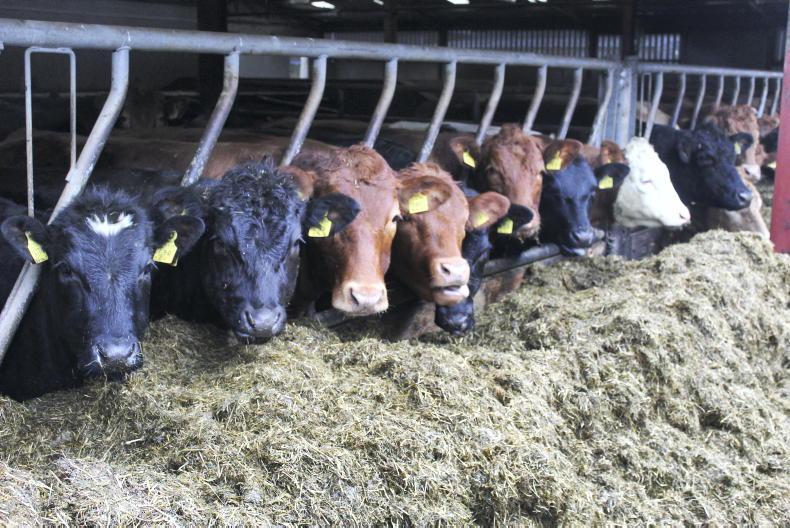
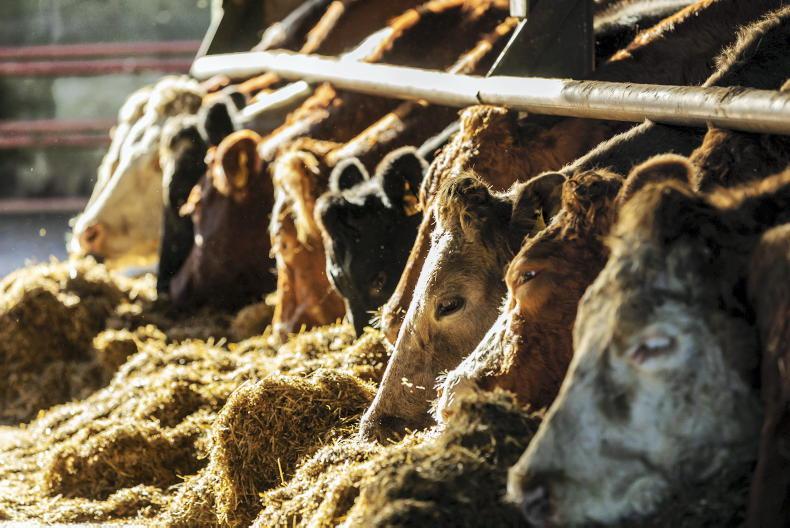

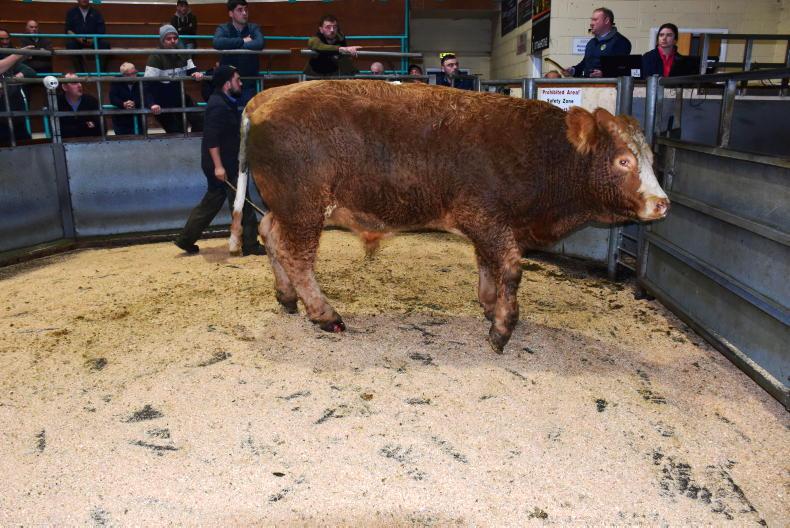
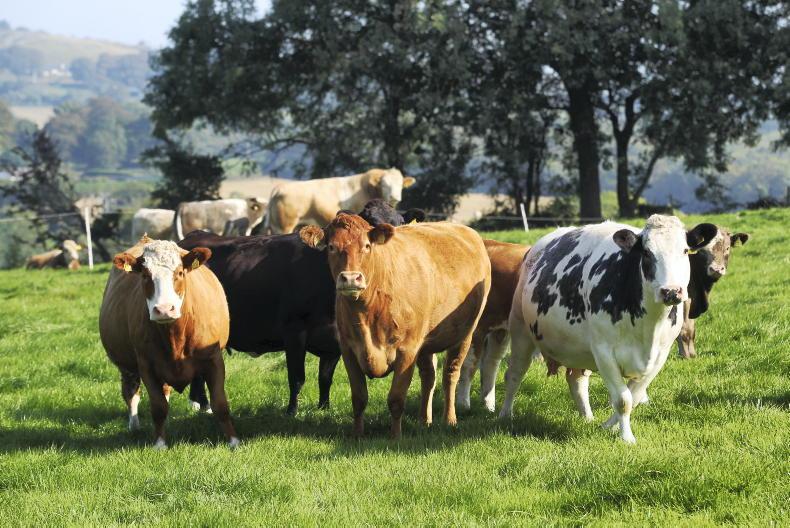
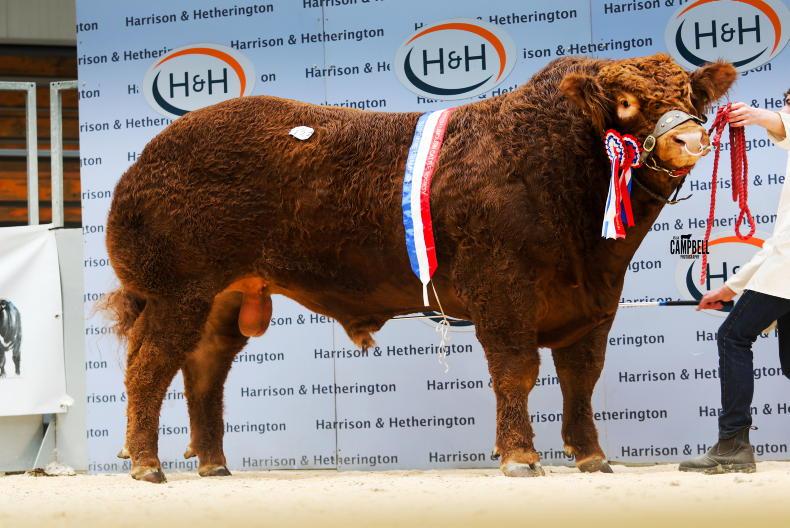
SHARING OPTIONS